Training Staff for Excellence in Hassle-Free Collision Repair
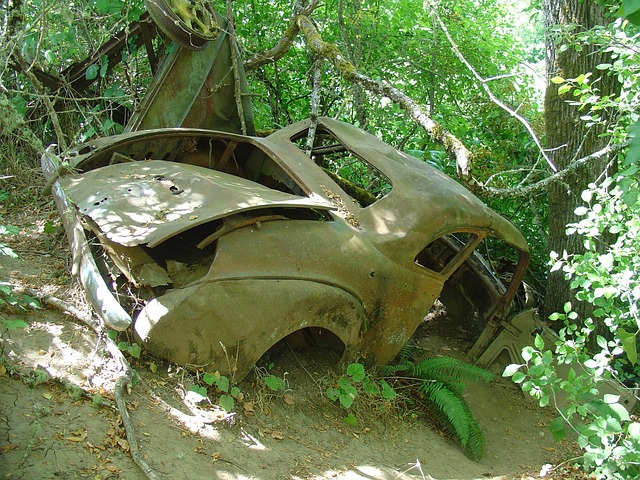
Training staff in hassle-free collision repair standards is vital for automotive service centers aim…….
In the fast-paced world of automotive services, “Hassle-Free Collision Repair” has emerged as a game-changer, transforming the way vehicle owners address damage and accidents. This innovative approach promises to simplify what can often be a complex and stressful process, ensuring that customers receive high-quality repairs with minimal inconvenience. The concept is gaining traction globally, driven by evolving consumer expectations, technological advancements, and a commitment to enhancing customer satisfaction. This article aims to delve into the intricacies of hassle-free collision repair, exploring its definition, global impact, economic implications, technological foundations, regulatory framework, challenges, successful implementations, and future prospects.
Hassle-Free Collision Repair (HFCR) is a comprehensive service strategy aimed at streamlining the process of repairing vehicles damaged in accidents or collisions. It involves a seamless integration of advanced technologies, efficient processes, and exceptional customer service to deliver timely and cost-effective solutions. At its core, HFCR focuses on eliminating common pain points associated with traditional collision repair, such as lengthy wait times, costly repairs, and complex insurance claims.
Historically, the collision repair industry faced criticism for its lack of standardization, transparency, and customer-centric practices. Customers often encountered challenges like unpredictable turnaround times, inconsistent quality of work, and intricate, time-consuming insurance procedures. HFCR addresses these issues by implementing a series of reforms, leveraging technology to create a more efficient, accessible, and customer-friendly environment.
Core Components:
The concept of hassle-free collision repair has transcended geographical boundaries, influencing automotive services across the globe. Key trends shaping its global impact include:
| Region | Trends | Examples |
|---|---|---|
| North America | Early adoption of digital technologies and customer-centric models. | Companies like CarStar and Allstate’s collision repair network lead the way with digital estimating and transparent pricing. |
| Europe | Emphasis on environmental sustainability and efficient, eco-friendly repair processes. | The UK’s Auto Repair Industry Association promotes green practices, using recycled parts and sustainable materials. |
| Asia Pacific | Rapid digitalization and integration of mobile applications for seamless service access. | Japan’s Toyota Motor Corporation offers a mobile app for collision repair scheduling, providing real-time updates and digital estimates. |
| Middle East & Africa | Growing awareness of customer rights and expectations, driving demand for transparent services. | In the UAE, regulatory bodies have implemented standards for repair quality and customer satisfaction, ensuring hassle-free experiences. |
These trends demonstrate the universal appeal of HFCR, as regions adapt the concept to suit their unique needs and challenges. The global nature of this movement fosters a standard of excellence, encouraging automotive service providers worldwide to embrace digital transformation and customer-centric practices.
The economic implications of hassle-free collision repair are significant, impacting both businesses and consumers.
Market Dynamics:
Investment Patterns:
Economic Benefits for Customers:
Technology plays a pivotal role in the success of hassle-free collision repair, driving efficiency, precision, and customer engagement.
Government policies and regulatory frameworks significantly influence the adoption and development of hassle-free collision repair. Key considerations include:
Despite its numerous advantages, hassle-free collision repair faces challenges that must be addressed for widespread adoption.
Solutions and Strategies:
Case Study 1: Revolutionizing Repair in California
In Los Angeles, California, a leading insurance provider collaborated with local repair shops to introduce a digital, hassle-free collision repair platform. The initiative aimed to streamline claims processing and reduce repair times. By implementing a mobile app for claim submission, real-time estimating, and scheduling, the program achieved remarkable results:
This case highlights how HFCR principles can lead to significant improvements in both operational efficiency and customer experience.
Case Study 2: Green Repair Initiative in Europe
A European automotive association launched a campaign promoting eco-friendly collision repair practices. The initiative focused on using recycled parts, sustainable materials, and energy-efficient processes. Over three years, the program achieved:
This success story demonstrates that HFCR can align with sustainability goals, fostering a greener and more responsible industry.
The future of hassle-free collision repair is promising, with several growth areas and emerging trends on the horizon.
Hassle-free collision repair represents a paradigm shift in the automotive industry, transforming how we address vehicle damage and accidents. By leveraging technology, streamlining processes, and prioritizing customer experience, this approach offers a more efficient, cost-effective, and satisfying alternative to traditional repair methods.
The global impact of HFCR is evident, with regions embracing digital transformation and customer-centric practices. As the industry continues to evolve, collaboration between automakers, repair shops, insurers, and regulatory bodies will be crucial in shaping a sustainable and accessible future for collision repair. By overcoming challenges and implementing innovative solutions, hassle-free collision repair has the potential to revolutionize automotive services worldwide.
Q: How does HFCR benefit customers?
A: Customers benefit from faster repairs, transparent pricing, real-time updates, personalized service, and potential cost savings. It simplifies the often stressful process of dealing with vehicle damage.
Q: Are my data and privacy secure when using digital platforms for collision repair?
A: Yes, reputable HFCR providers prioritize data security. They employ encryption and secure servers to protect customer information during online transactions and communications.
Q: Can I trust the quality of repairs performed digitally?
A: Advanced diagnostics and CAD software ensure precise assessments. Reputable shops maintain high-quality standards, and digital systems enable better documentation and tracking of repair processes.
Q: How does HFCR impact traditional repair shops?
A: It encourages competition by offering customers more options and improved services. While some may face challenges, many traditional shops are adapting by embracing technology and customer-centric practices to stay competitive.
Q: What role do insurance companies play in HFCR?
A: Insurers collaborate with digital platforms, offering direct repair services to simplify claims processes. They also contribute to standardization and consumer protection through industry partnerships.

Training staff in hassle-free collision repair standards is vital for automotive service centers aim…….

Transparency in billing is key to providing hassle-free collision repair. Streamlined workshops offe…….

AI revolutionizes collision repair with precise damage assessment, optimized task order, and persona…….
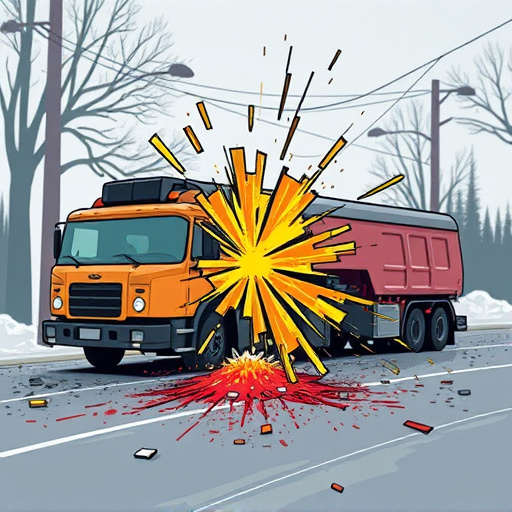
Collision repairs cause significant inconvenience, but convenient scheduling systems revolutionize t…….
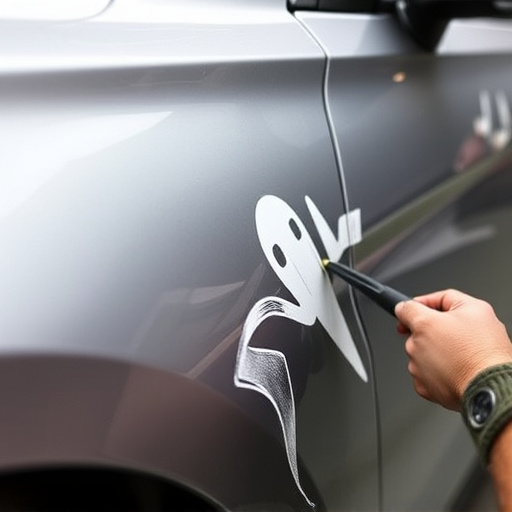
Auto repair shops in a competitive market must offer hassle-free collision repair through seamless e…….

Car body shops must embrace digitalization for seamless, efficient hassle-free collision repair serv…….
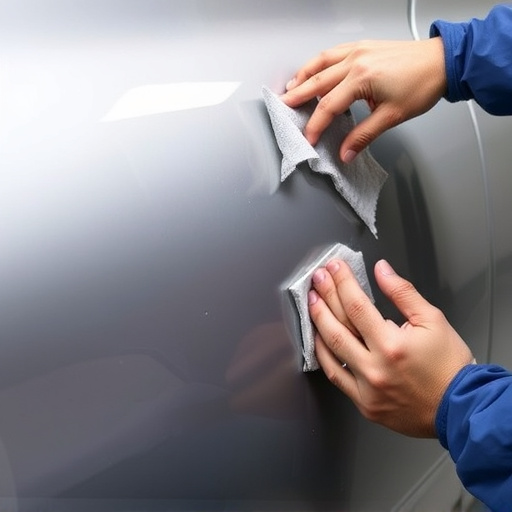
Transparent pricing is a cornerstone of hassle-free collision repair, building trust and client sati…….
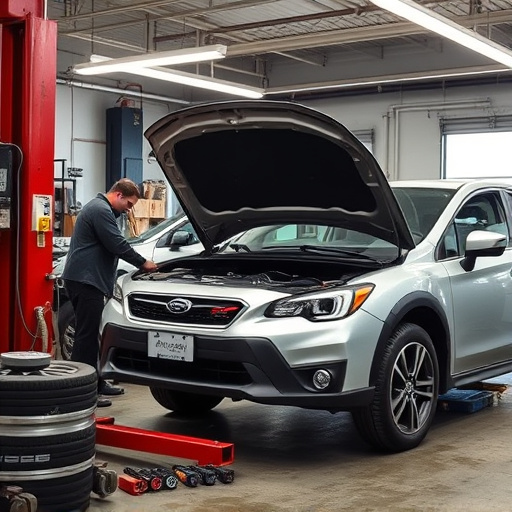
Exceptional customer experiences in automotive repair, especially collision repair, build trust and…….

In a competitive market, offering hassle-free collision repair services is vital for customer satisf…….
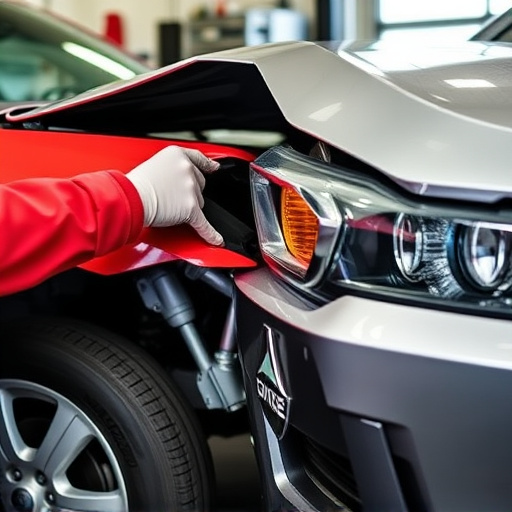
Modern collision repair facilities offer streamlined processes, advanced techniques like frame strai…….